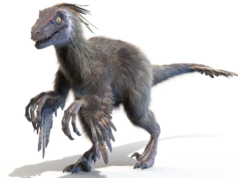
A recent study from Yale University, published in Nature Ecology and Evolution, has revealed that North American birds are struggling to keep pace with the rapidly warming climate. Researchers tracked the movements of 406 species of birds over the last two decades, analyzing their relocations when temperatures rose.
Although birds are mobile creatures, these new findings suggest that even the most agile and adaptable bird species cannot simply escape the heat. This study challenges the conventional view that birds, because of their ability to fly, would be better equipped to cope with climate change than other animals, but that seems not to be the case.
Birds’ Northward Shift: Not Enough

The data reveal that many bird species have indeed moved northward or to higher elevations to try to find cooler habitats. On average, populations shifted between 40 and 50 miles north during the study period, and some sought higher ground.
This migrated movement allowed birds to avoid about half the temperature increase they would have experienced if they had stayed — about a 1.3°C reduction in summer heat.
However, the continent as a whole warmed even more quickly, leaving birds still exposed to significant temperature rises in their new territories.
Winter Woes: Limited Escape
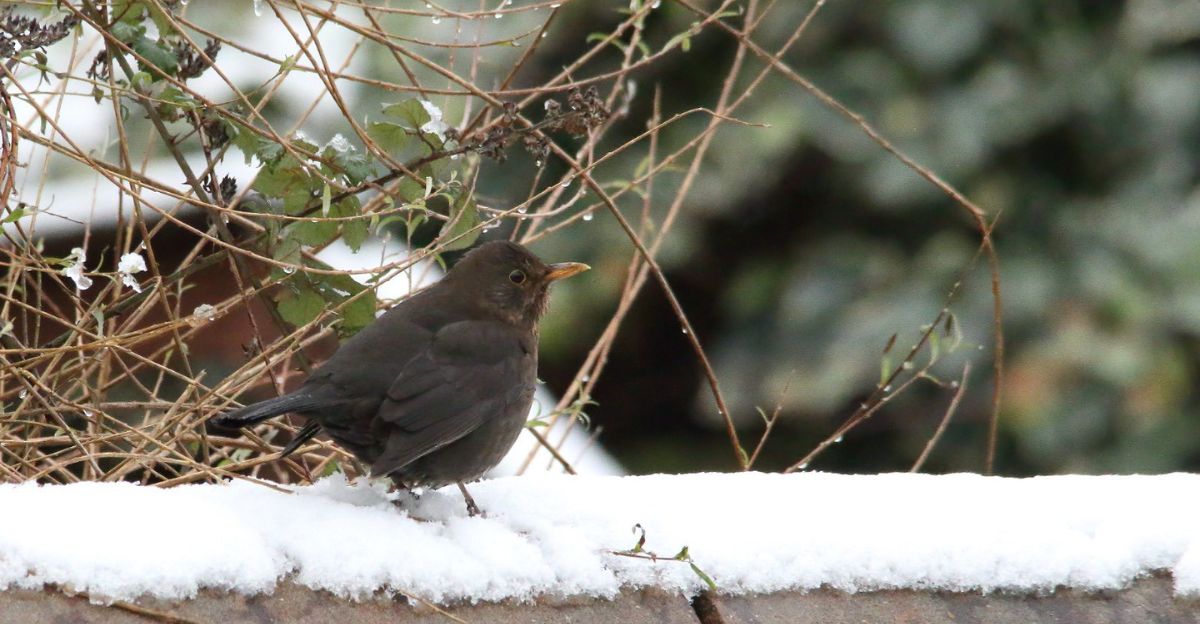
The situation is even more dire in winter. Although some species could move into colder regions, these movements reduced their exposure to warming by only about 11%.
Over the two decades studied, typical winter temperatures in the areas birds actually occupied rose by a staggering 3.7°C. Relocation efforts by the birds shaved off barely half a degree, meaning nearly all species still experienced dramatic increases in winter temperatures.
Limits to Movement
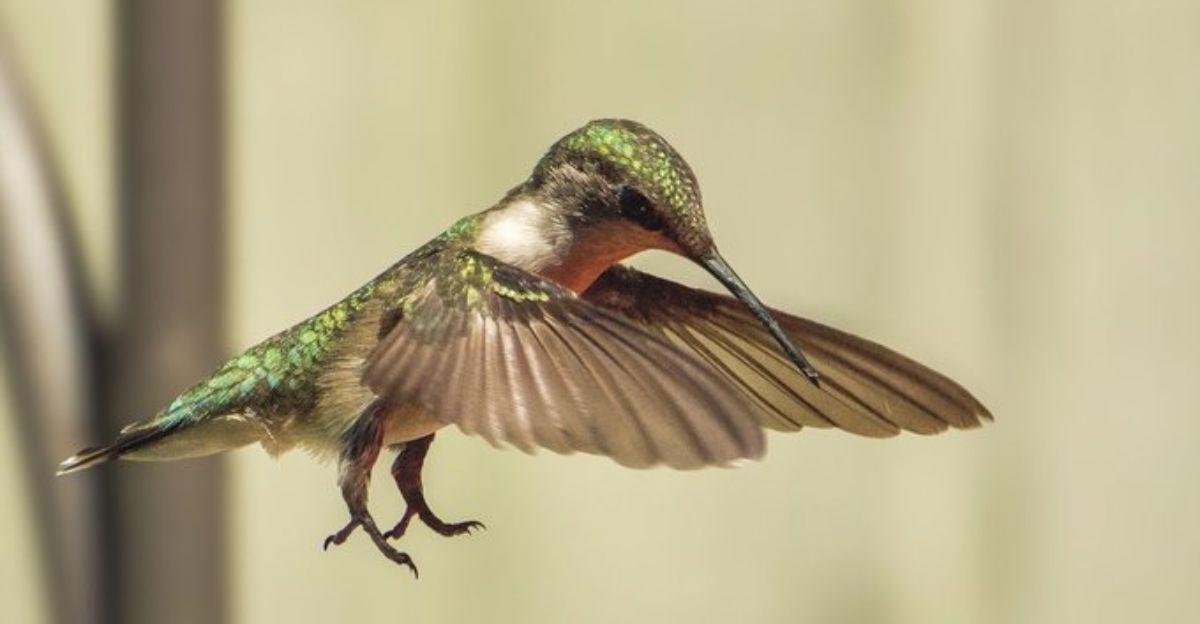
Not all birds are able to relocate effectively. The study found that nearly a quarter of the species tracked were unable to move to cooler areas at all. Factors such as limited flight capability, ecological dependencies, and the lack of suitable new habitats restricted their options. For some, especially those with specialized habitat needs or limited geographic ranges, the warming climate is an inescapable threat
Specialists at Greatest Risk

Birds with narrow habitat or dietary requirements — known as “specialists” — are particularly vulnerable. These are the species that are less capable of adapting to a new environment or shifting their ranges in response to climate change. As a result, specialist birds are experiencing more severe population declines compared to generalist species that can tolerate a broader range of conditions.
Broader Ecological Impacts

The inability of birds to keep pace with climate change has ripple effects throughout ecosystems. Higher temperatures disrupt plant growth cycles, leading to mismatches in food availability for birds and other animals.
If prey species decline or disappear, predators—including birds of prey—may starve. These disruptions can cascade up the food chain, threatening the stability of entire ecosystems
The Bigger Picture: Other Species at Risk
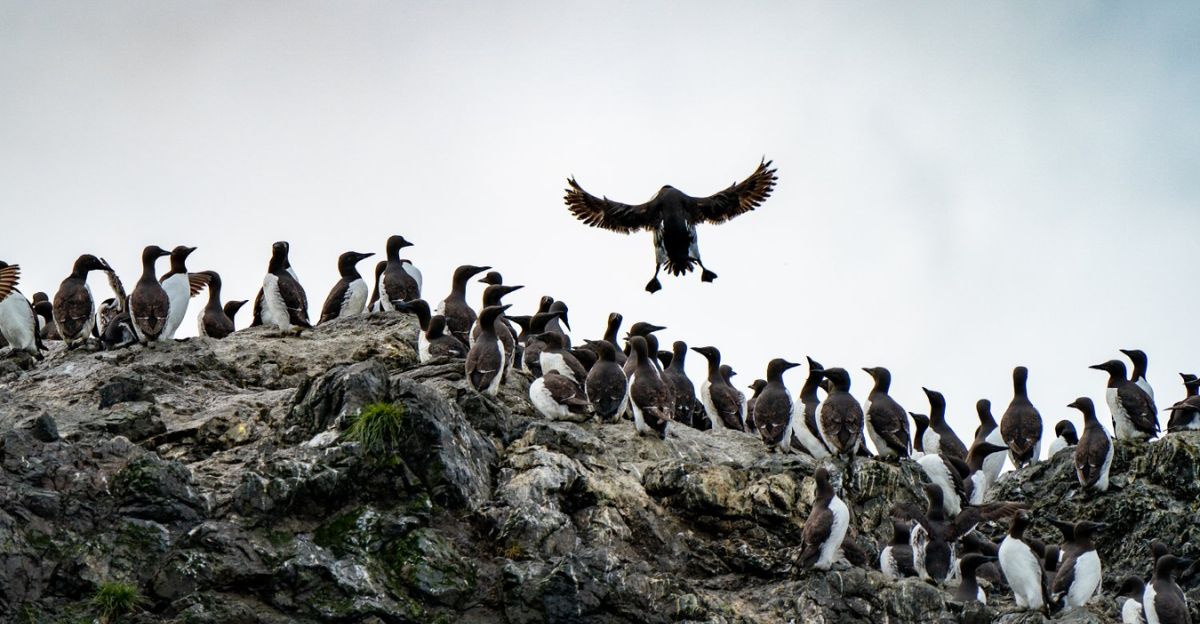
The results are especially worrying as birds are among the most mobile animals. If even they cannot escape the consequences of rapid climate change, less mobile species—such as reptiles, mammals, and amphibians—are likely at even greater risk. This raises deep concerns about the long-term survival of a wide array of wildlife in a warming world.
Strategies for Conservation and Adaptation

To save the most vulnerable species, scientists say that we need to better understand and manage those that are most ecologically and geographically tied down.
Conservation efforts should focus on preserving and restoring habitats, identifying species with the narrowest climatic niches, and ensuring that critical ecological corridors remain intact to facilitate movement.
The Role of Human Action

Preventing climate change is essential for putting a stop to this decimation of bird populations and to biodiversity at large. This is then followed by reducing emissions and greenhouse gases on every level, from government to corporate to individual.
Moving towards clean energy production, implementing environmental laws, and promoting sustainability are important first steps. Additionally, engineering solutions such as improving the efficiency of electric vehicles or the provision of alternative fuels can contribute to lessening the planet’s warming trajectory.
Hope Through Community and Policy
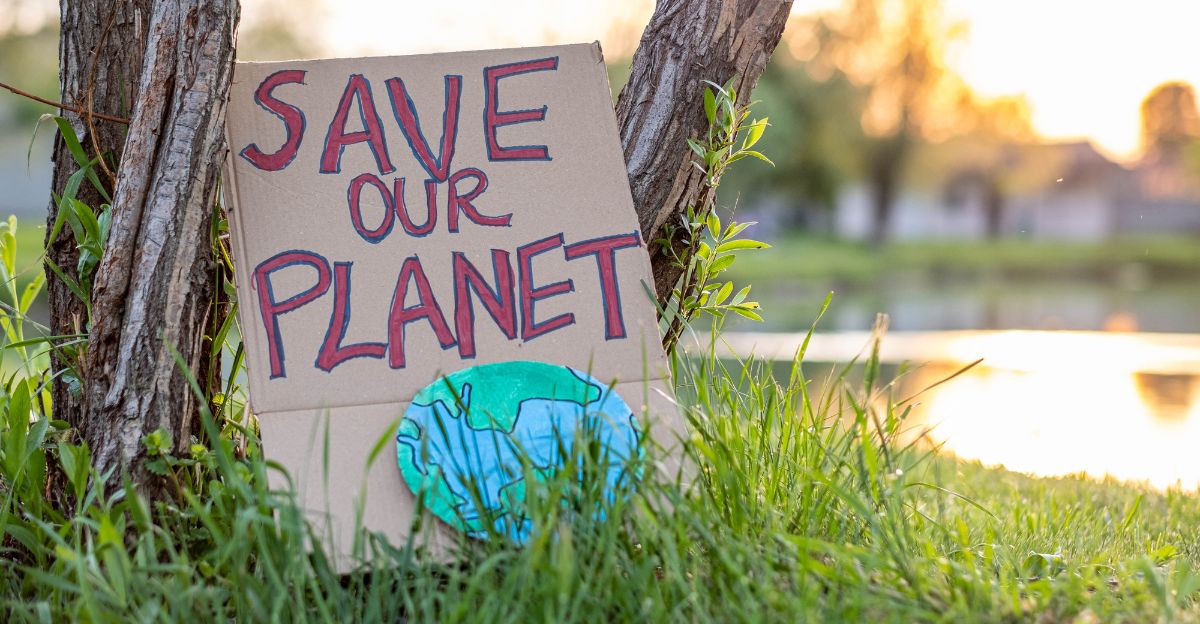
The study’s results are grim, but there is hope. Community action — whether it’s creating bird-friendly habitats, advocating for climate policies, and supporting conservation organizations — can make a huge difference.
Public awareness and engagement are key to driving the change necessary to save birds and the ecosystems they inhabit. With the climate crisis worsening, collective efforts to protect biodiversity is more important than ever.
Explore more of our trending stories and hit Follow to keep them coming to your feed!

Don’t miss out on more stories like this! Hit the Follow button at the top of this article to stay updated with the latest news. Share your thoughts in the comments—we’d love to hear from you!



